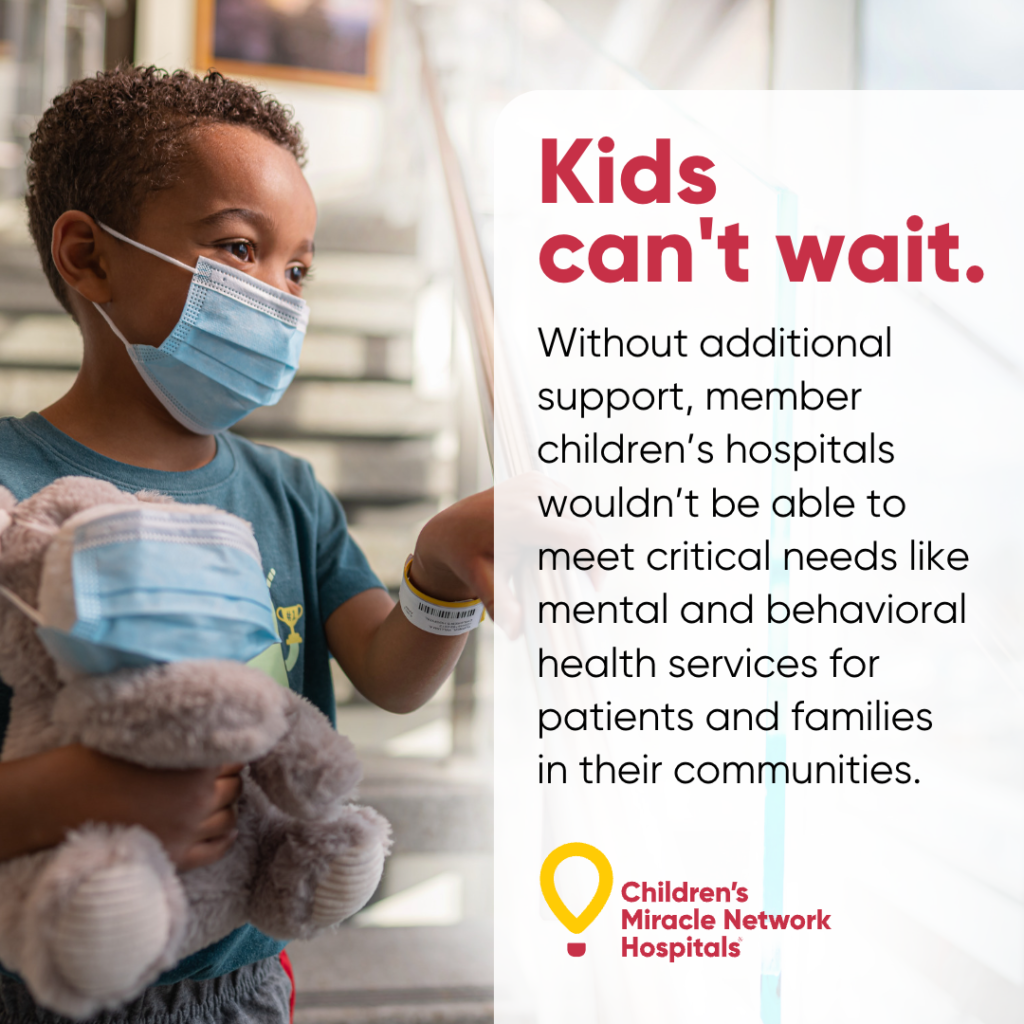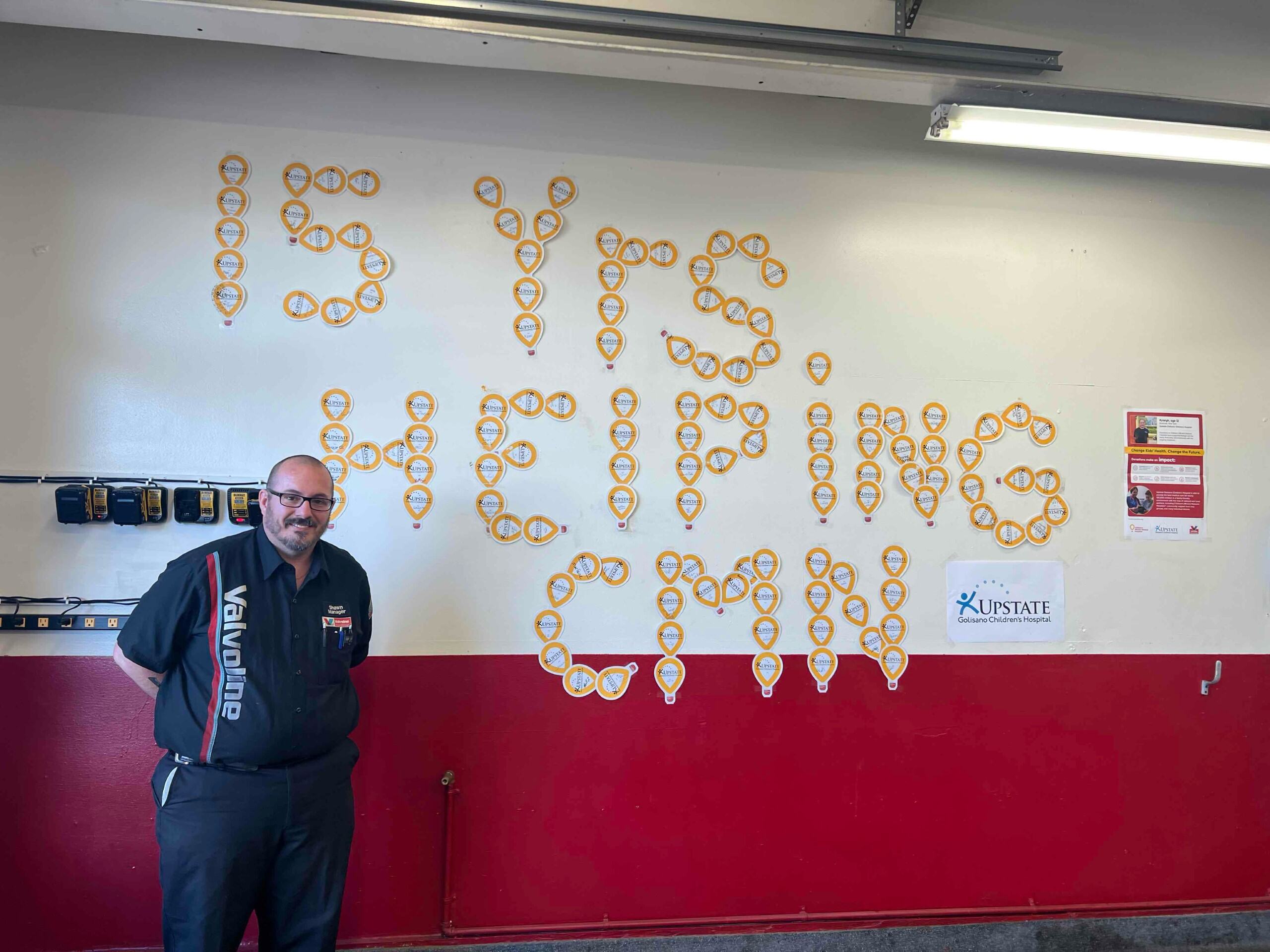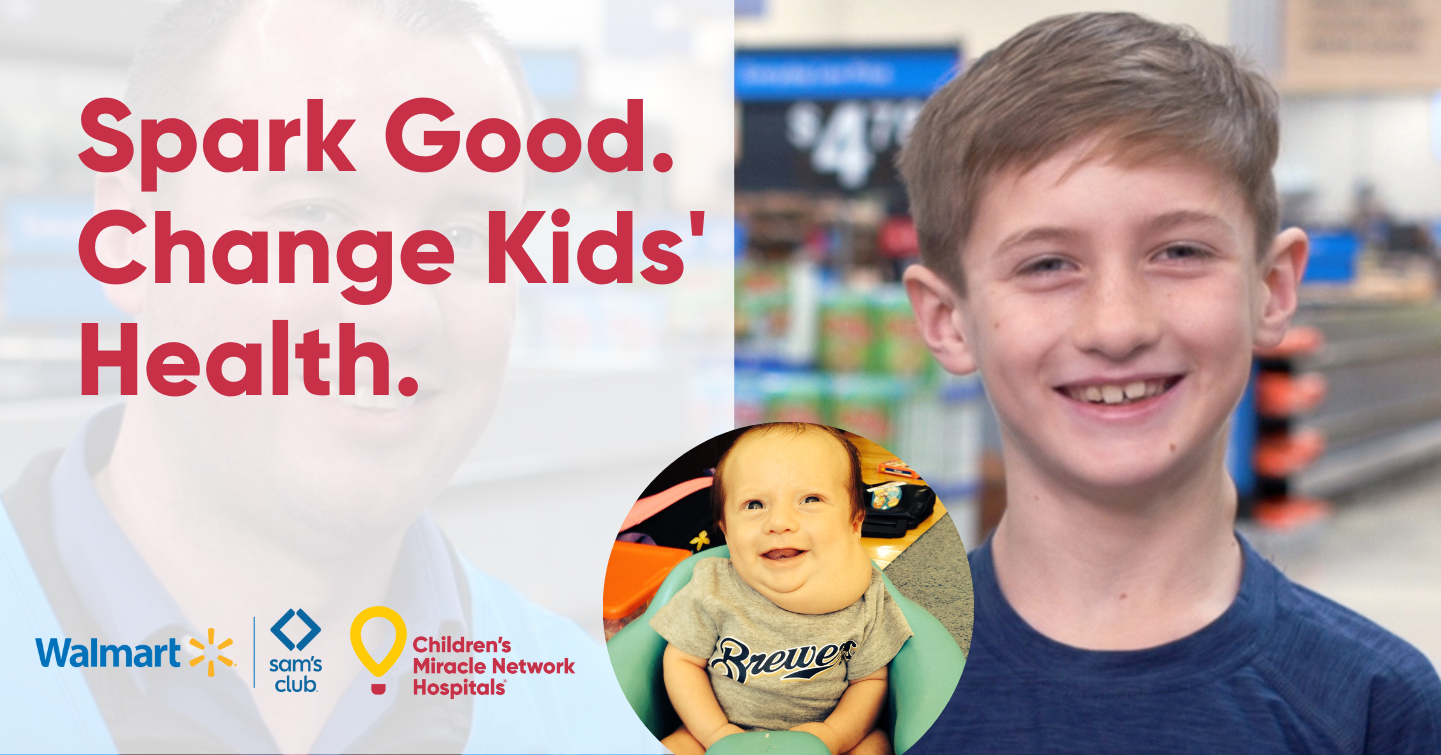Take the Lead: Children’s hospitals need our help to support mental and behavioral needs

Take the Lead is a blog series from Teri Nestel, president and CEO of Children’s Miracle Network Hospitals. In this leadership-focused series, Teri will share her insights and leadership lessons alike.
Have you ever wondered what mental and behavioral healthcare for kids can look like? Experts say adolescents are in a mental health crisis that began years ago and was accelerated by the pandemic.

I am proud to report that across the U.S., 100% of Children’s Miracle Network Hospitals’ member hospitals offer mental health services, resources, or community outreach – ranging from clinical mental health care to telehealth, to school-based care, to community education and coping therapies. With the unrestricted funding available to them through Children’s Miracle Network Hospitals, member hospitals that use funds for mental and behavioral health can tailor their programs to the specific needs of the children and the communities they serve.
Just like communities are diverse, mental and behavioral health services can take many forms too – and here are a few examples:
At Children’s Wisconsin, mental and behavioral health services are available for kids from 6 months to 18 years old from experts in child and adolescent psychiatry, counseling, pediatric psychology, neuropsychology and psychotherapy.
Dell Children’s Medical Center in Texas houses one of the nation’s most comprehensive pediatric psychiatry and psychology programs, including a 24-bed inpatient unit, an intensive outpatient clinic, and the RoosterTeeth Healing Garden. The garden features a basketball court and horticultural therapy gardens for patients, funded by $3 million in donations from the RoosterTeeth Extra Life team.
University Hospitals Rainbow Babies & Children’s in Ohio also offers gardening therapy for mental health healing through a Credit Union for Kids horticultural therapy suite.
Rady Children’s Hospital in California provides depression and suicide screening for all kids up to age 12, which has reduced suicide rates in their county. It offers integrated physical-mental health care at 11 primary care clinics and 4 regional hubs.
Shodair Children’s Hospital in Montana facilitated 17,000 mental or genetic health care appointments in 2021 through inpatient units and three outpatient clinics.
Golisano Children’s Hospital in New York has a Mobile Crisis Team that provides rapid-response crisis intervention services for children in their homes or schools.
These are just a few examples of how member children’s hospitals are addressing the rise of mental health challenges for adolescents, by identifying and supporting at-risk youth, improving access to mental health care, and teaching coping skills.
But there is so much more that can and should be done.

This month is Mental Health Awareness Month, and you can help change kids’ health and give kids the world of possibility by supporting your local member children’s hospital at cmnhospitals.org.






